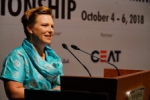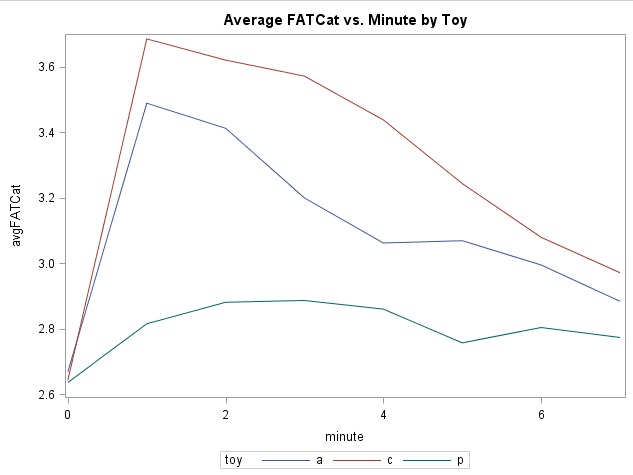
Debido a la complejidad y cambios en el mercado, las organizaciones de todo el mundo están aprovechando las oportunidades para hacer mejores predicciones, identificar soluciones y dar pasos estratégicos y proactivos, lo que significa que dependen cada vez más de los big data. Sin embargo, en su búsqueda de resistencia






